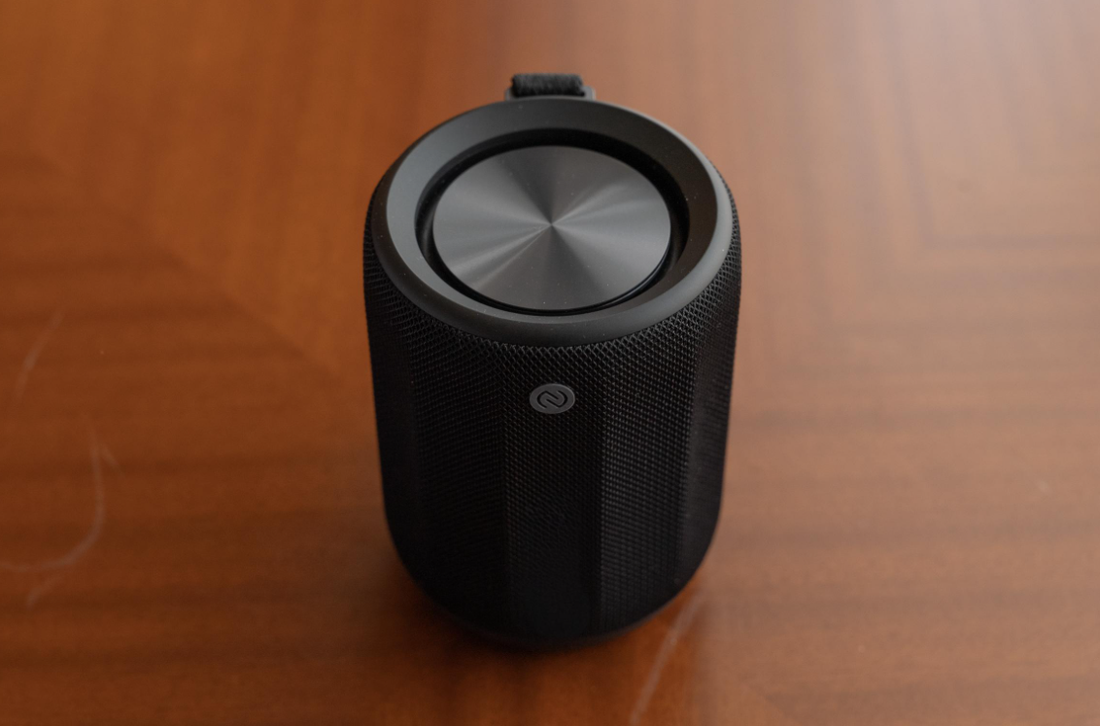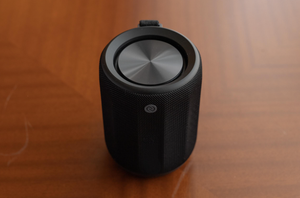
The inspection methods and testing standards for Bluetooth speakers, as well as the inspection and factory verification services.
Bluetooth speakers, as representatives of modern consumer electronics, their quality directly affects user experience and brand reputation. The quality inspection of Bluetooth speakers is a systematic project, involving the entire process of quality control from raw material entry to finished product exit. This article will deeply analyze the factory inspection and inspection process of Bluetooth speakers, the key points of quality control and the testing standards, providing comprehensive reference guidelines for purchasers, quality inspectors and manufacturers.
I. Basic Knowledge of Bluetooth Speakers and Preparations Before Inspection
(1) Technical Characteristics of Bluetooth Speakers
Bluetooth speakers are portable audio devices that transmit audio through the Bluetooth protocol. Their core technologies include Bluetooth modules, audio decoding chips, power amplifier circuits, and speaker units. Modern Bluetooth speakers also incorporate features such as battery management, voice prompts, and waterproof functionality.
(2) Preparations before Inspection
Technical document review: Verify product specifications, Bluetooth BQB certification, battery safety certification, and audio performance test report
Verification standard confirmation: Clearly define the applicable national standards (GB/T audio and video equipment standards) and the customer's specific requirements
Calibration of testing equipment: Ensure that audio analyzers, Bluetooth testers, battery testing equipment, etc. are within the valid calibration period.
Sampling plan determination: Based on the batch size, the sampling quantity and acceptance criteria are determined in accordance with GB/T 2828.1
II. Key Points for Bluetooth Speaker Factory Audit
(1) Quality Management System Audit
Check whether the factory has established a complete quality management system (ISO9001 certification)
Review the supplier management procedures, particularly the evaluation records of key components such as Bluetooth modules, batteries, and speaker units.
Review the production process control documents and their implementation status, with a particular focus on key procedures such as SMT soldering, audio debugging, and product aging.
Evaluate the effectiveness of the control procedures for non-conforming products and the corrective and preventive measures.
(2) Key points of on-site production inspection
Cleanroom management: Check the dust prevention measures in the speaker assembly workshop
Incoming Material Inspection Area: Review the inspection records of key components (such as Bluetooth chips, batteries, plastic casings, etc.)
Production line layout: Evaluation of electrostatic protection and audio testing environment
Key process control: Pay special attention to processes such as Bluetooth module soldering, speaker assembly, and audio parameter calibration.
Aging test area: Check whether the aging time and test items meet the process requirements.
III. Inspection Standards and Methods for Bluetooth Speakers
(1) Appearance Quality Inspection
Shell Quality:
No cracking, burrs, deformation, scratches, shrinking or stains.
The shell seams fit well together without any looseness, and the structure is excellent.
The color is uniform, with no obvious color differences or flaws.
Surface treatment inspection:
Sprayed parts: The coating is uniform, without blistering, peeling or scratches.
Electroplated parts: No spots, pinholes, bubbles, or other defects.
UV coating: Smooth and uniform, without any bumpy texture.
(2) Structural and Assembly Inspection
Metal Components Inspection:
No oxidation, mold spots or stains.
The plug is not loose or deformed, and the connection force is appropriate and firm.
Button and interface inspection:
The button pressure is appropriate and does not cause the shell to get stuck.
The card holder is stable and the memory card can be inserted without loosening.
All types of interfaces (USB, AUX, etc.) can be plugged and unplugged smoothly.
Assembly quality inspection:
All components are properly assembled without any looseness or gaps.
The screws are firmly tightened without any looseness or missed fastening.
(III) Identification and Printing Inspection
Screen printing quality:
The font is clear and there are no typos. It is consistently well-formatted.
Adhesion test passed (no peeling was observed during the 3M tape test)
Engraving quality:
The engraved characters are clear without any burrs, and the handwriting is neat.
Uniform depth, accurate position
Coloring quality:
The color is evenly distributed and does not fade.
The color sensation is pleasant and it meets the requirements of the color palette.
(4) Performance Testing Items
Bluetooth Function Test:
Pairing test: Quick identification, smooth pairing
Transmission distance: The standard 10-meter connection is stable, and there is no audio interruption within 2 meters.
Anti-interference test: Stable connection in a multi-device environment
Audio performance test:
Output power: Meets the requirements specified in the specification document.
Frequency response: Smooth within the range of 20Hz to 20kHz
Distortion: No significant distortion even at maximum volume.
Signal-to-noise ratio: ≥ 80 dB
Battery performance test:
Battery life: exceeds the nominal value by more than 90%
Charging function: Charging is normal, and the charging indicator light is correct.
Overcharge and overdischarge protection: The protection function is normal and effective.
(5) Reliability Testing
Drop Test:
1 piece with 3 edges and 6 faces falls off. The height is determined according to the product specifications.
The function is normal after the test and there is no damage to the appearance.
Key press life test:
Each key functioned normally after being pressed 5,000 times in the test.
High and low temperature test:
Functioned normally in high temperature of 55℃ and low temperature of -10℃.
Hydrothermal test:
Stored at a temperature of 40℃ and a humidity of 93% for 48 hours.
IV. Common Quality Issues of Bluetooth Speakers and Key Inspection Points
(1) Common Non-conformities
Critical Defects: Bluetooth connection failure, battery safety hazards, excessive harmful substances
Serious defects: Severe audio distortion, insufficient battery life, and failure of key functions.
Minor defects: Appearance flaws, unclear labels, packaging issues
(2) Control of High-Risk Aspects
Quality control of Bluetooth module: Thoroughly test the stability and transmission quality of Bluetooth connections
Battery safety control: Focus on monitoring the battery protection circuit and charging/discharging performance.
Audio debugging control: Ensure that audio quality parameters meet the standard requirements.
Shell mold control: Ensuring appearance quality and assembly accuracy
V. Inspection Rules and Sampling Plans for Bluetooth Speakers
(1) Defect Classification Criteria
Critical Defect: Issues that affect the safety of use or the main functions
Major Defect: Issues that affect the performance of the product's usage.
Minor Defects: Issues that do not affect the main functionality but do impact the appearance of the product.
(2) Sampling Inspection Plan
Incoming Inspection (IQC): Conduct sampling inspections on key components
Process Inspection (IPQC): Focuses on monitoring key processes such as SMT, assembly, and testing.
Outgoing Quality Control (OQC): Conduct final sampling inspection in accordance with the AQL standard.
(3) Special Test Sampling
Based on the product positioning and customer requirements, sampling tests are conducted on items such as audio performance and environmental adaptability.
VI. Packaging, Storage and Transportation Requirements
(1) Packaging Inspection Points
Inner Packaging:
The product is firmly fixed and the shock-proof materials are in place.
All the accessories are complete and neatly arranged.
Outer packaging:
The material meets the requirements and the printing is clear.
Barcode and label information is accurate.
Protective performance:
Through drop tests and vibration tests
Measures for moisture prevention and static electricity prevention are in place.
(2) Identification and Document Inspection
Product Identification: Complete with model, specifications, and certification marks.
Instruction manual: The content is accurate and the language conforms to the requirements of the sales region.
Accessory list: Consistent with the actual product, no missing or incorrect installation.
(III) Storage and Transportation Management
Storage environment: Temperature 15 - 35℃, Humidity 45 - 75%
Stacking requirements: Stack according to the specified number of layers to prevent damage from compression.
Transport protection: Complete measures for shock resistance, moisture prevention and static electricity prevention.
VII. Conclusion
The quality inspection of Bluetooth speakers is a multi-dimensional systematic project that involves electronic performance, audio quality, structural design, and appearance craftsmanship. The inspection personnel need to have a comprehensive understanding of product standards, inspection methods, and common quality issues in order to effectively control product quality. Manufacturing enterprises should establish a complete quality management system, especially strengthening control in aspects such as Bluetooth connection stability, audio performance debugging, and battery safety management, to ensure that the products meet national standards and customer requirements.
Share this product

The inspection methods and testing standards for Bluetooth speakers, a
Bluetooth speakers, as representatives of modern consumer electronics, their quality directly affects the user experience and brand reputation.
